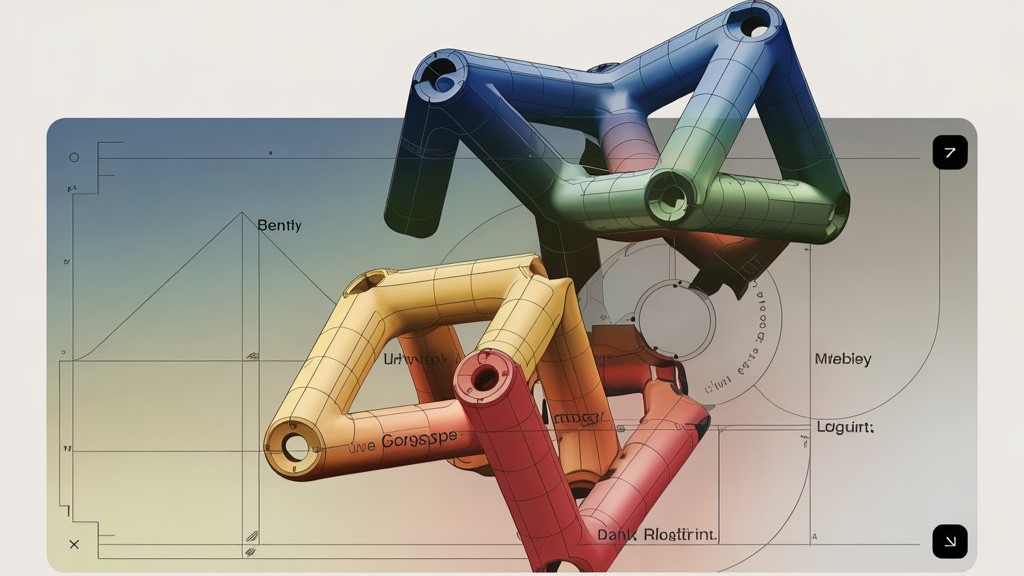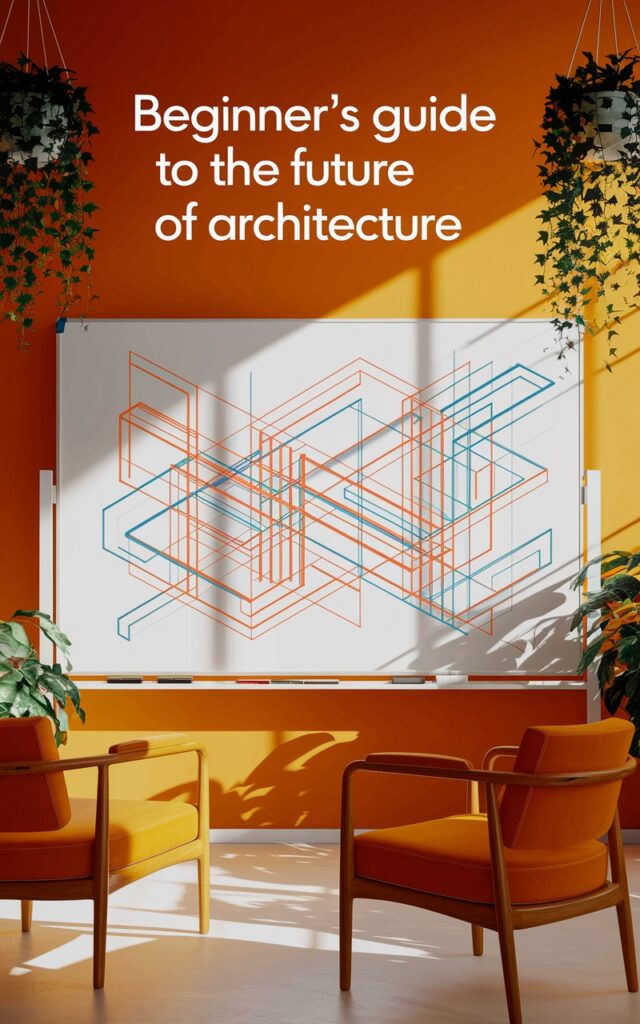Introduction: Why Parametric Design Matters Now
Parametric design is no longer a niche skill—it’s a language of innovation. By blending creativity with algorithms, it allows designers to create complex, responsive structures that were once impossible. For students, mastering tools like Rhino, Grasshopper, and visual scripting isn’t just about learning software; it’s about unlocking a mindset that merges art, math, and sustainability. In India, where cost-efficiency and scalability are critical, studios like Soga Design Studio are pioneering ways to make parametric design accessible to everyone.
Why This Is Important for Students
The future belongs to designers who can think algorithmically. Here’s why parametric design is a game-changer:
- Demand in Industry: Firms globally seek professionals who can optimize designs for sustainability, cost, and aesthetics using parametric tools.
- Problem-Solving Superpower: It teaches you to break down complex challenges into logical steps—a skill applicable across disciplines.
- Empowering Creativity: Instead of manual modeling, you’ll build systems that generate infinite design variations at the click of a button.
In India, where rapid urbanization demands smarter solutions, parametric design offers a way to balance innovation with affordability. Soga Design Studio, for instance, uses these tools to create low-cost housing prototypes that adapt to regional climates and materials.
Key Tools: Rhino, Grasshopper & Visual Scripting
1. Rhino: Your Digital Sketchbook
Rhinoceros 3D (Rhino) is the canvas where ideas take shape. Unlike traditional CAD software, Rhino’s intuitive interface lets you model complex curves and surfaces effortlessly. Think of it as a bridge between freehand sketching and precision engineering.
2. Grasshopper: The Brain Behind the Beauty
Grasshopper, a plugin for Rhino, is where the magic happens. This visual scripting tool lets you create designs by connecting nodes—no coding required. For example, you could:
- Generate a facade pattern that responds to sunlight data
- Design a chair that automatically adjusts to ergonomic needs
- Optimize material usage for a bridge using genetic algorithms
3. Visual Scripting: Coding Without Syntax
Visual scripting turns abstract logic into tangible results. By dragging and dropping nodes, you’ll learn to “speak” the language of parameters, loops, and conditional statements. It’s like building with LEGO blocks—each piece represents a function, and their combinations create endless possibilities.
Real-World Applications: From Classrooms to Cities
Case Study 1: The Shanghai Tower
This iconic skyscraper used parametric design to achieve its twisting form, which reduces wind load by 24%. Tools like Grasshopper helped engineers balance aesthetics with structural efficiency—a lesson in marrying art and science.
Case Study 2: The Mercedes-Benz Stadium
Its retractable roof, inspired by a falcon’s wings, was optimized using parametric models to minimize steel usage while maximizing durability. This project shows how parametric design drives sustainability.
How to Start Learning: A Student’s Roadmap
- Master the Basics: Begin with Rhino’s core tools—curves, surfaces, and solids. Practice modeling everyday objects like chairs or lamps.
- Dive into Grasshopper: Start with simple scripts, like generating geometric patterns. Platforms like LinkedIn Learning offer free tutorials.
- Join Communities: Follow forums like Parametric House or attend workshops by studios like Soga Design Studio to learn from experts.
- Experiment Fearlessly: Break things. A failed script often teaches more than a perfect one.
Overcoming Challenges: Tips from the Pros
- Embrace the Learning Curve: Parametric design feels overwhelming at first, but persistence pays off. Even experts started with “Hello World” scripts.
- Think Systematically: Before scripting, sketch your logic on paper. What parameters matter? How do they interact?
Conclusion: Your Journey Starts Here
Parametric design isn’t just a toolset—it’s a passport to the future. As industries prioritize sustainability and customization, your ability to harness Rhino, Grasshopper, and visual scripting will set you apart.
Ready to reshape the world? Open Rhino, start a Grasshopper script, and let your ideas evolve. Share your first parametric creation in the comments below, or tag us on social media—we’d love to see where your journey takes you!




